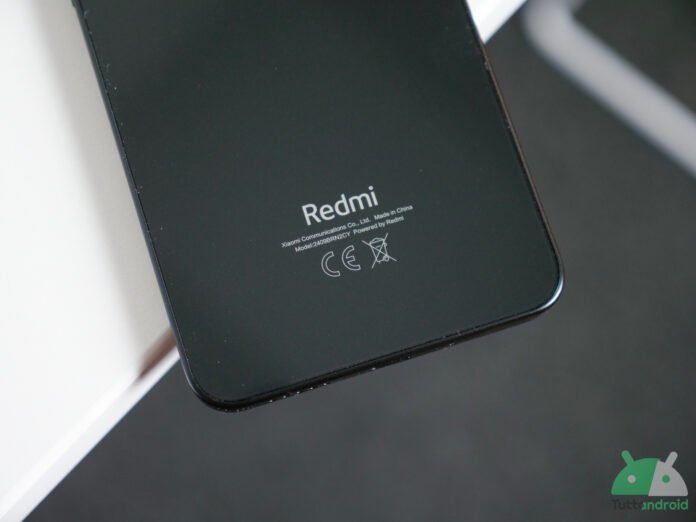The second half of 2025 promises to be particularly intense for Xiaomi and its brand ecosystem.
After the expected debut of the Xiaomi series 16 in September, the scene in autumn could be dominated by the new line Redmi K90ready to raise the bar in the segment thanks to impressive specifications.
According to the latest rumors, the new Redmi K90 and K90 Pro will not only bring i Most advanced Qualcomm chipsbut they will also introduce huge batteries and a high -level technical sector. Let’s find out in detail.
Index:
- Redmi K90 and K90 Pro will not compromise, ready -made the latest generation chips and huge batteries
- Latest generation chip: Snapdragon 8 Elite 2 and Snapdragon 8 Jan 5
- 2K flat screen and premium specifications for the K90 Pro
- Alleged prices and launch timing
Redmi K90 and K90 Pro will not compromise, ready -made the latest generation chips and huge batteries
As often happens, the indiscretion is signed by the indefesso Digital Chat Stationwhich revealed significant details about the batteries.
To him, Redmi K90 should integrate a unit from 7100 mahwhile the K90 Pro could even go to 7500 mah.
Numbers objectively never seen on flagships of this size, obtained thanks to the Single cell technology in silicon-carbona constant growth trend that allows greater energy density without increasing the thickness too much.
Both models will support the Quick Refill of 100 W.
If the data will be confirmed, the K90 series could establish a new standard among the smartphones of this category managing to combine power and autonomy without compromise.
Latest generation chip: Snapdragon 8 Elite 2 and Snapdragon 8 Jan 5
The novelties do not end here but continue with the positive notes even under the body; According to rumors, the Redmi K90 Pro will be equipped with the new Snapdragon 8 Elite 2the Qualcomm diamond tip of the next generation.
Instead, the “basic” K90 model will adopt the snapdragon SM8845 chipset, which should be marketed as Snapdragon 8 Jan 5.
A choice that confirms Redmi’s strategy to bring premium features to flagships at a more competitive price than the top brands.
In fact, the K90 want to be ready to challenge rivals such as Realme GT 8 Pro, OnePlus 13 and Galaxy S25, aiming for an audience looking for a higher quality-price ratio.
As for the display, rumors speak of a flat RGB OLED LTPS Panel from 6.59 inches with 2 k resolution and refresh rate a 120 Hz.
According to what was said by DCS, the K90 Pro should include premium characteristics such as:
- Periscopic telephoto lens camera,
- Ultrasonic digital fingerprint sensor under the display,
- Central metal frame For greater solidity,
- double stereo speakers,
- X-Axis linear engine for a Feedback more realistic.
As happened with previous generations, the Redmi K90 and K90 Pro models could arrive on international markets with another name: Little F8 Pro And Little F8 Ultra.
This rebranding strategy allows Xiaomi to keep Redmi as a brand focused on China, leaving the task of attacking global markets, especially emerging and Europe.
It is also rumored that the Little F8 “Standard”, expected for the second quarter 2026, will actually be a Redmi Turbo 5 Pro Retairchiato, equipped with a Snapdragon 8S Gen 5.
Put simply, to make order in the midst of these nomenclature, The entire Redmi K90 range will become the spine of flagships little for the next 12 months.
Redmi not only aims at the Premium models. Also according to DCS, apparently, parallel to the K90 series, the Chinese brand is also preparing the new Redmi 15 and Redmi Note 15 lines, expected between August and September respectively in China.
Alleged prices and launch timing
The launch of the Redmi K90 series is expected for October 2025 in China. As usual, the global presentation of the little F8 will follow at the beginning of 2026.
There are still no prices on prices (which we expect to receive in the coming weeks) but if Redmi will maintain its aggressive policy, the “base” K90 could start around 450-500 euros, while the Pro would be between 600 and 700 euros, figures that would put it in direct competition with much more expensive top of the range.

